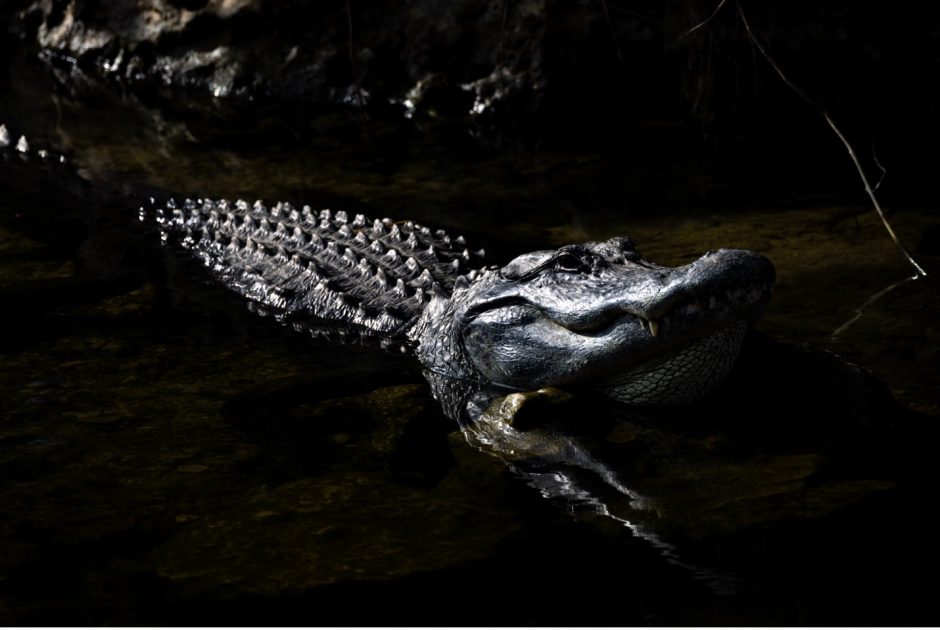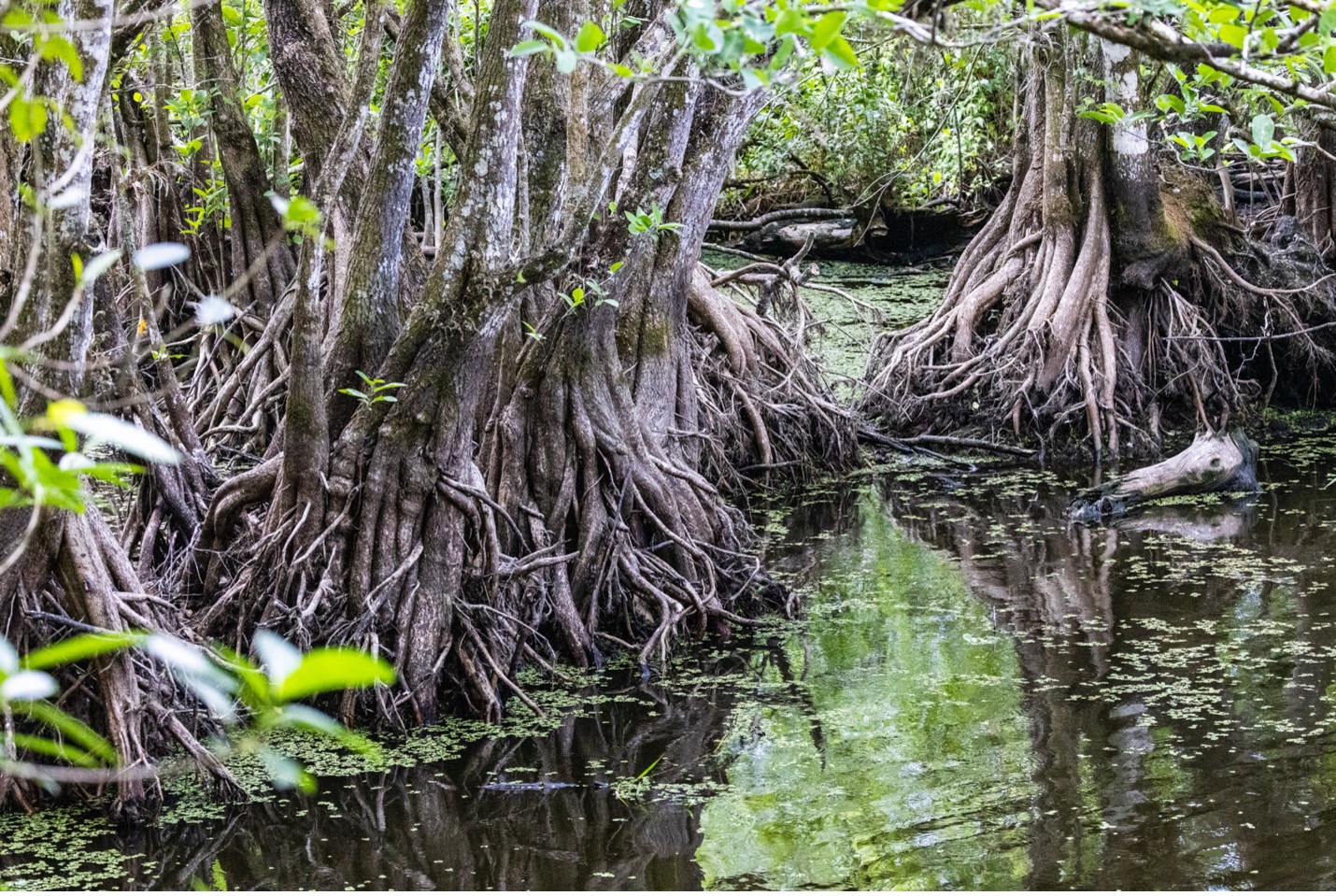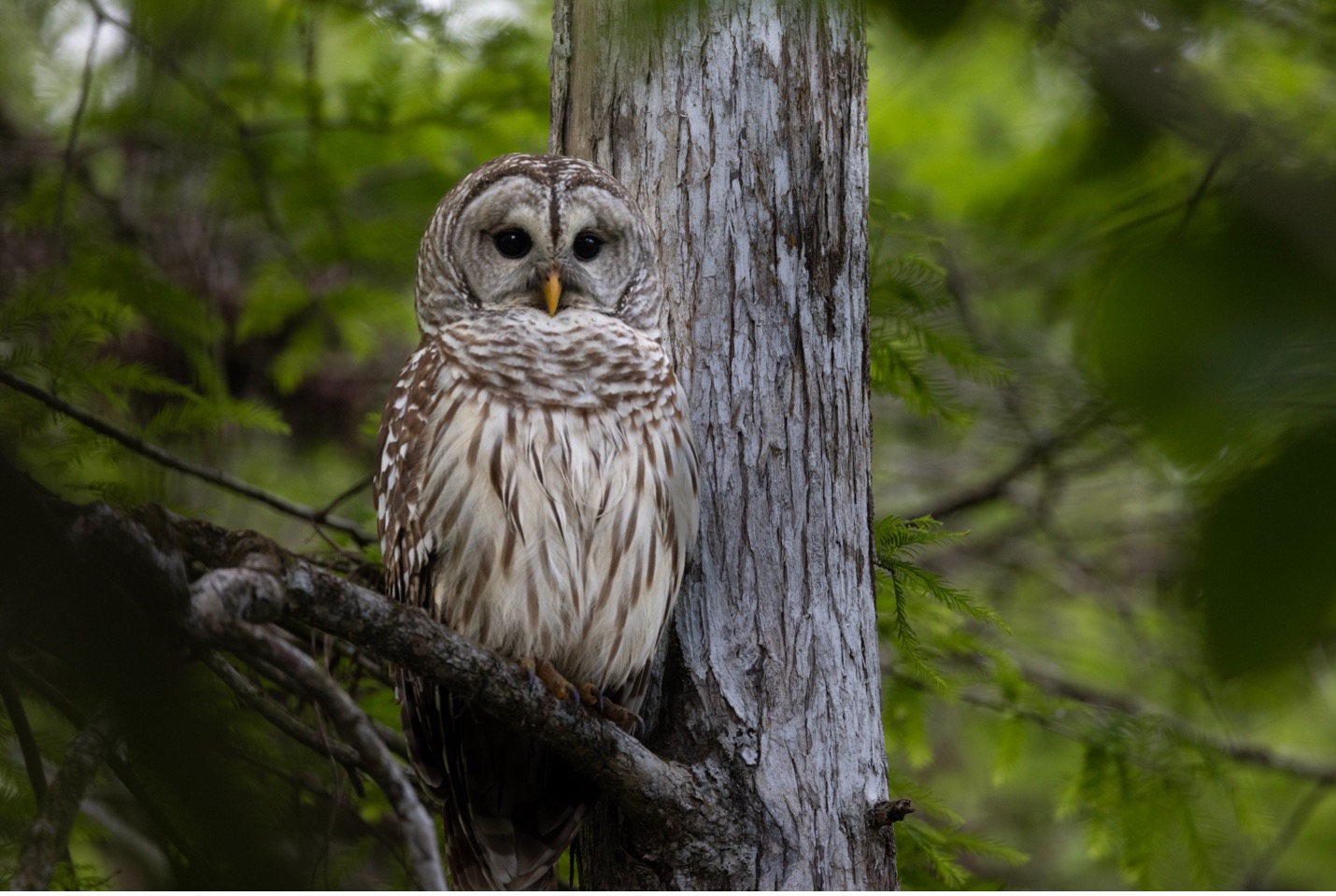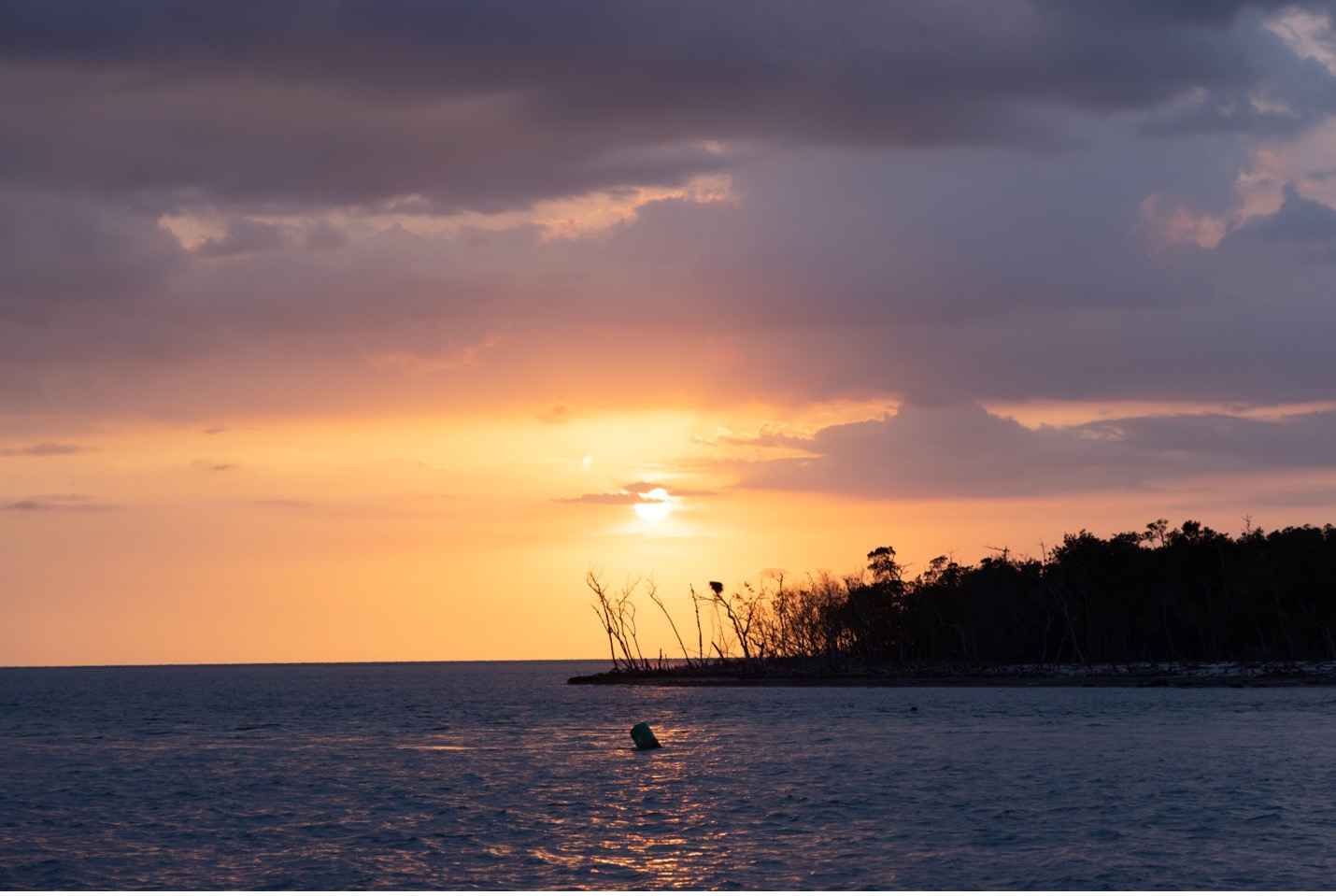
What’s in my Camera Bag – Florida Nature Safari
Whether you view Florida as a wintertime escape into the beautiful sub-tropics, or a year-round watery wilderness teeming with fascinating birds, butterflies, alligators, and abundant marine life, Florida is just plain photogenic! One minute you may be ankle deep in turquoise blue water and the next you’re on a boardwalk spotting roseate spoonbill birds…the volume and diversity of photo ops is grand!
If you are headed to Florida for a nature escape and want to capture all there is to offer, read on to get a full list of the gear I recommend for a Wild Florida Adventure.
Please note, photographic styles vary, as do conditions on the ground. While this is meant to be a guide for choosing your camera gear, you should consider your own photographic interests first and foremost.
A Wide Angle Zoom
It’s hard to leave home without this workhorse of a lens. These are your 18-55mm (crop frame) and 24-105mm (full frame) varieties that I often refer to as your “walking around lens.” However, they are so, so much more than just a casual lens you have when you’re out and about. These will be ideal for the variety of landscapes you will encounter in this sub-tropical wilderness, whether it’s big stands of cypress trees, sandy beaches, or the river of grass you’ll find in Everglades National Park.

A Zoom Telephoto
Another trusty workhorse of the camera world, a zoom telephoto for wildlife usually is around 70-300mm, 100-400mm, and nowadays even 200-600mm. A good bit of the wildlife in Florida is comprised of “big birds” like egrets and herons, and even bigger reptiles, like the American alligator. Thus, a lens with some telephoto power to it is fantastic. That is, a 70-200mm just isn’t really going to cut it as your “primary” wildlife lens here.

Super Telephoto? Medium Telephoto?
With such a minimal kit being suitable for Florida photography (wide angle + zoom telephoto covers you for 98% of the photos) most photographers may ask what else can I bring!? Valid question! For this I would recommend diving into your camera kit for one of these classes of lenses.
A super telephoto has various meanings, but generally I’m thinking of either the big prime lenses like 500mm f/4, 600mm f/4 or even the 800mm f/5.6. These are of course phenomenal lenses and do great for extreme close-ups of things like alligators and superb bird photography. However, let me just caution you that these aren’t necessary if you don’t already have one. Again, they’re great lenses, but something that will get you up to 400mm or 500mm as a full frame equivalent is quite good enough.

The other option would be to go the other way—dial it down to a medium telephoto like a 70-200mm. These are great lenses and do quite well for Florida. They of course don’t get you the same reach as bigger telephotos, but for big wildlife and close wildlife, these give you wonderful versatility. And if you have the f/2.8 variety, that gives you a really special shot. Again, not a critical lens, but if you have one, and have the space in your bag, that’s a nice lens to consider.
X-Factor Lenses
As you know by now, an x-factor lens is one that isn’t necessary but may give you some of your favorite shots of the trip. For this reason, the above-mentioned 70-200mm might be your x-factor lens for the trip. However, more traditional x-factor lenses for me include a macro, an ultra-wide, or a nifty fifty (50mm f/1.4).
For a Florida Nature Adventure, I’ve personally found that an ultra-wide is more of a matter of preference, and the number of opportunities for a nifty fifty aren’t too significant. Again, though, these two lenses can be useful and spectacular in any situation if the desire is there.
Because there isn’t an overwhelming instance for these two, I personally shift to a macro lens as my personal x-factor. This is underpinned by the idea that Florida has some pretty amazing macro subjects! From butterflies, to beetles, to small lizards and flowers, there are indeed some great macro opportunities throughout a Florida wildlife adventure.

Batteries and Memory Cards
Fortunately in the warm environment of Florida, camera batteries don’t get zapped like they do in the intense cold of the arctic. Thus, 2-4 batteries total will suffice. Hedge on the higher side if you plan on taking 500+ photos a day, or if you like to shoot a lot of video.
For memory cards, I do advocate for bringing ample memory, as bird photography can sometimes lend itself to “burst mode” where you are taking 5, 10, or even 20 photos at once. This can add up, so plan on taking a couple hundred photos a day.

A Tripod?
As you’ve heard me say before, there are those people that really like tripods, and those that only use them if they’re absolutely necessary. I’m personally in camp number two, using tripods only when it’s critical, like for long exposures of night skies, waterfalls, or other low light or long shutter speed scenes.
While a tripod could come in handy for sunrises and sunsets, I don’t find them required at all. Plus, for the best sunset viewing we’re on a boat at sunset times of day, which means that you need to have a fast enough shutter speed to freeze vehicle movement anyway, so a tripod doesn’t add much help.

Other Accessories
During a Florida Nature Safari, you’ll no doubt want to snorkel when the opportunity arises. For some people, this is a golden opportunity to photograph the underwater world. To me, this is also a time to just sit back, put the camera down, and marvel at another side of Florida’s beauty. However, I’ve been known to harness a GoPro from time to time and find them really fun and functional for shallow underwater photography in the Florida Keys.
If you do plan on picking up a waterproof GoPro camera (or similar action camera), I recommend investing in an extension stick so that you can hold the camera out away from your body as you swim and photograph. Because GoPros have relatively small telephoto lenses, being able to get close to coral, fish, mangroves, and other things is key. Having that extension stick minimizes the perceived threat you have on undersea life, allowing you to get close for amazing photos and video with underwater life being relatively indifferent.

If you are headed to Florida on a nature safari, you are in for a treat! Most folks have no idea the wonders that await and I hope the above list helps you capture Florida in all its glory!
Best,

Court
Leave a reply